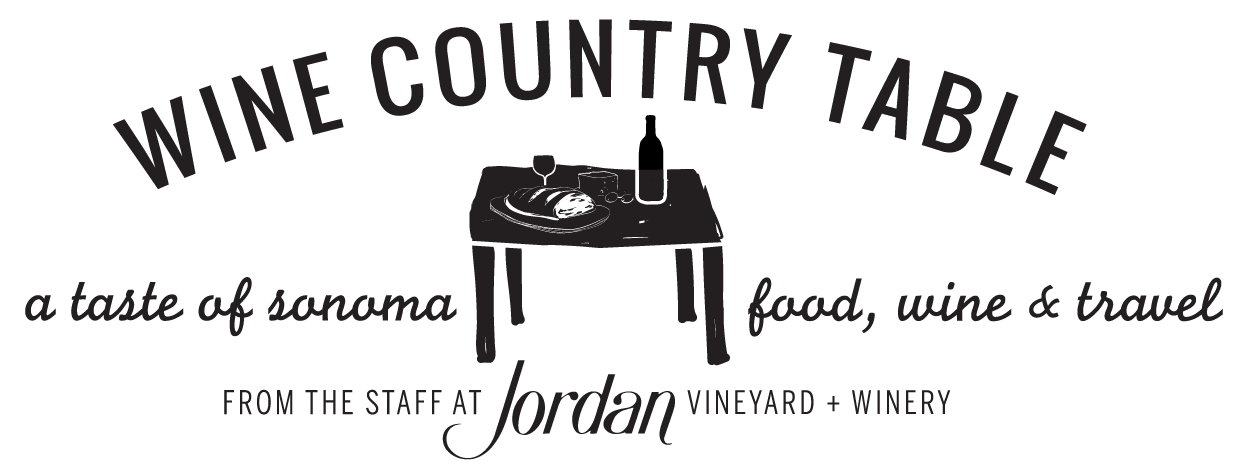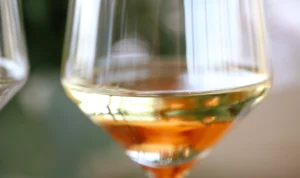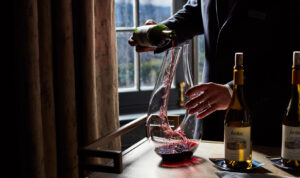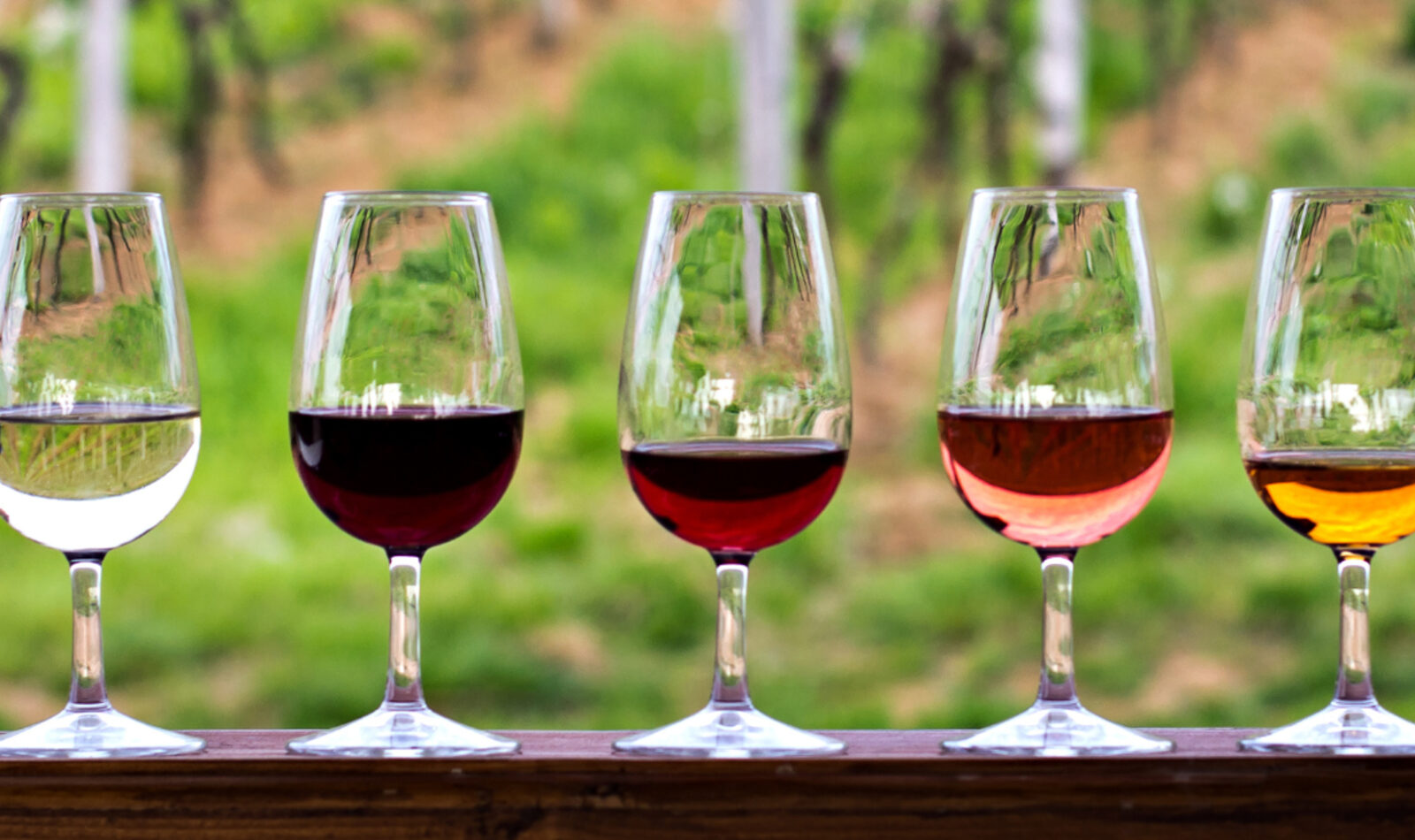
6 Best Types of Dessert Wine
When your sweet tooth calls, few things satisfy quite like a beautifully crafted dessert wine. Often served at the end of a memorable meal, these wines are known for their luscious richness and higher residual sugar—achieved by halting fermentation early to preserve the grape’s natural sweetness. The result is a decadent, sip-worthy treat made to be lingered over.
While dessert wines may sound straightforward, don’t be fooled by the simplicity of their name – there are a wide range of different dessert wines, each with its own complex flavor profile. Dessert wines can be aged for years just like any other wine, and require a great deal of expert winemaking skill to achieve perfect results.
Ready to discover something sweet, elegant and unexpected? These are some of our favorite dessert wines to add to your table—or your cellar.
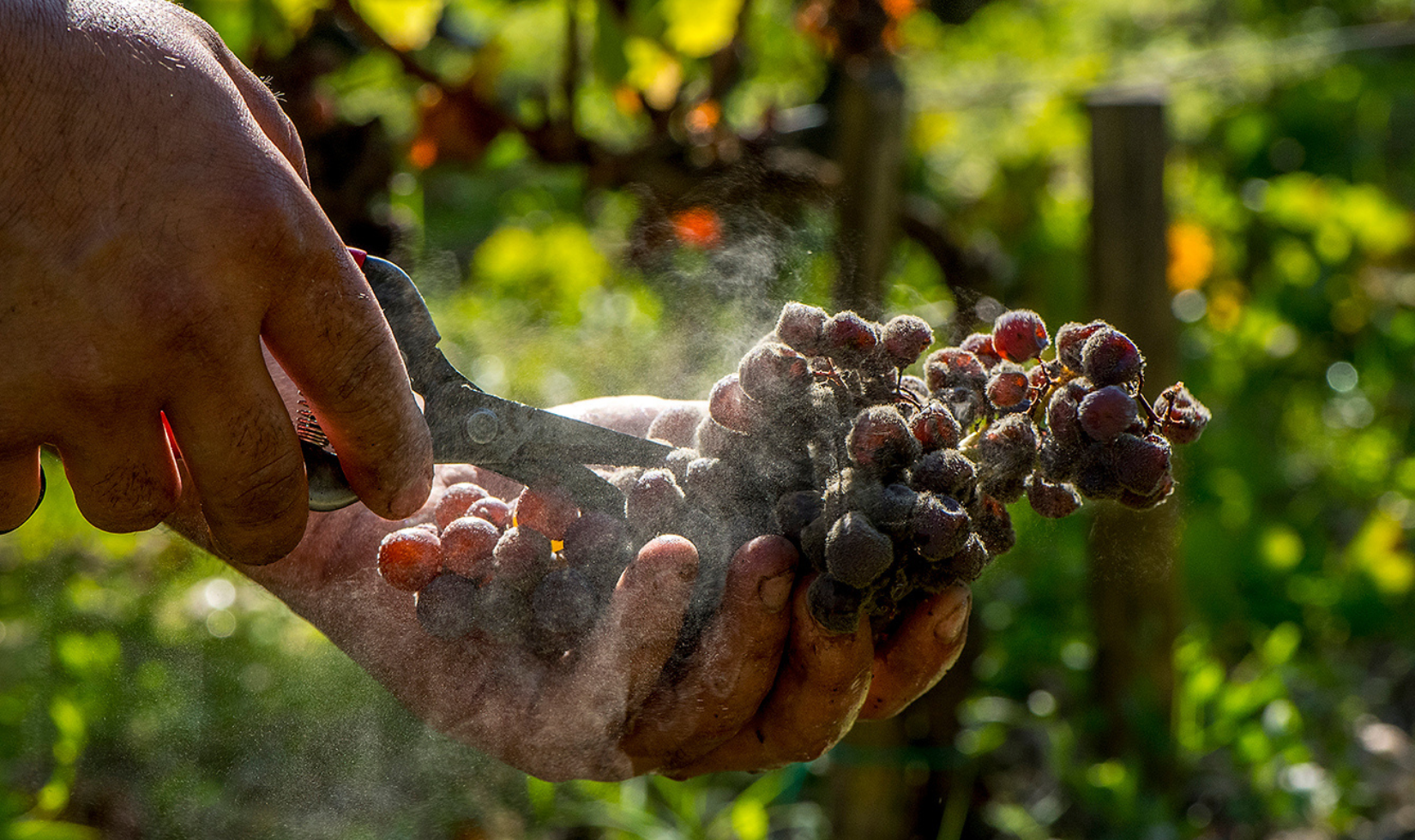
Our Guide to the 6 Best Types of Dessert Wine
Just like a dessert menu full of decadent choices (chocolate cake or fruit tart—how can you decide?), dessert wines offer a diverse array of styles to suit every sweet craving. With so many methods for crafting sweet wines, understanding the key types can help guide your palate and your pairings.
Here’s a breakdown of the six most popular types of dessert wines—and why each one is worth exploring.
- Sparkling dessert wine : Do you like a bit of bubble? Sparkling dessert wines may taste lighter due to their high acidity and carbonation, but many still carry a deceptively high sugar content. Moscato d’Asti and some demi-sec Champagnes are classic examples—refreshing, lightly sweet and perfect for fruit-forward desserts.
- Late harvest wine : When grapes are left to ripen on the vine beyond the typical harvest window, their sugar levels increase significantly. The result is a concentrated, honeyed sweetness with balanced acidity. Late harvest Rieslings and Sauternes (when not affected by botrytis) are popular examples.
- Fortified wine : Many dessert wines fall under the category of fortified wines – wines supplemented with additional alcohol, usually fine brandy, to increase the wine’s alcohol content.
- Noble rot wine : Also known as botrytis cinerea, noble rot is a spore that decays wine grapes. It may sound unappealing, but this controlled decay is the magic behind some of the world’s most luxurious wines—like Sauternes, Tokaji Aszú, and German Beerenauslese.
- Straw mat wine : A process specifically designed to create wildly sweet wines, when winemakers craft straw wine, they lay freshly harvested grapes on straw mats for anywhere from 30-90 days in order to allow them to raisinate. This allows the flavors and sweetness to concentrate, yielding rich results.
- Ice wine : One of the rarest and most exclusive wines, it feels as though the stars have to perfectly align in order to produce ice wines. These wines are made when a vineyard freezes, freezing the grapes on the vine. Then, the grapes have to be harvested and pressed while still frozen. It’s a complicated process that requires a specific set of elements to occur, but when everything comes together, the results are exquisite – ice wines are incredibly sweet, with a honeyed nature similar to noble rot wines. Produced in limited quantities, these gems hail from cold-climate regions like Germany and Canada.
Ready to explore some of our team’s favorite dessert wines? Keep reading to see what we pull out of our wine cabinet when that sweet tooth hits.
Sauternes
One of the most classic dessert wines, Sauternes hails from the Bordeaux region of France and is primarily made from sémillon, sauvignon blanc and muscadelle grapes affected by noble rot.
Expect notes of honey, butterscotch, apricot, citrus, honeysuckle, marmalade and gentle florals, whisking you away to the beauty of the French countryside with each sip.
Riesling
A German classic, riesling is most often crafted as a dessert wine, utilizing its potential for sweetness to balance out this white wine’s natural acidity. Exceedingly aromatic, riesling’s fragrance is intense, even at its coldest, wafting with ease.
Riesling that has been given less time to ripen is extremely citrus-forward, with lime and lemon flavors that almost give the wine a lemonade-like taste due to its high acidity. Later harvest rieslings, however, take on more tropical fruit and orchard fruit flavors, with notes of apricot, nectarine, pineapple, pear and honeycrisp apple taking the forefront, alongside notes of honeycomb and jasmine.
Chenin Blanc
Chenin blanc is not always served as a dessert wine as it can be quite dry – but when it’s sweet, it quickly rises to the top of our list of dessert selections.
Sweet chenin blanc can be crafted as a still or sparkling wine, with great acidity that makes the flavors pop. Traditionally, this white wine features a host of fruit-forward flavors, but sweet and sparkling chenin blanc wines may feature flavors and characteristics of mango, ginger, toasted almond, dried persimmon, mandarin orange, quince and yellow apple.
Moscato
With options ranging from still, semi-sparkling and sparkling, moscato is a popular, versatile choice of dessert wine, crafted from muscat blanc grapes – one of the oldest varieties in the world.
Light-bodied, sweet and beautifully aromatic, moscato wines are crisp with a low alcohol content. They primarily feature warm, inviting flavors of peach, orange, nectarine and pear, with tropical touches of pineapple and lemon zest.
Port
Don’t be fooled – not all dessert wines are white wines. Sweet red dessert wines have their place as well, and port wine is a classic favorite for wine aficionados who favor sweet styles. Port wine is quite rich both in flavor and in history, dating back hundreds of years to the seventeenth century. It can be crafted in a number of different styles, including ruby port, tawny port and even rosé port.
Port features a wide range of delicious tasting notes, including dark fruits like blackberry and raspberry, cinnamon, caramel, chocolate, brown sugar and other nutty flavors like hazelnut or almond. The more well-aged the vintage, the more complex the flavors – try a port aged for twenty-five or thirty years and taste the difference for yourself.
Tokaji
Once one of the most popular wines in the world, you’ll now be hard-pressed to find tokaji – a Hungarian wine – easily accessible. However, if you’re lucky enough to get your hands on a bottle, you’ll be amazed at the delectable sweetness of this exceptional wine.
A noble rot wine, tokaji has an extremely high sugar content and is one of the sweetest wines. Think of the sweetest flavors you can think of – brown sugar, honey, burnt caramel – and those will be exactly what you experience when taking a sip of tokaji. That being said, tokaji is more than just pure sugar. It’s a sophisticated wine that features notes of ginger, saffron, apricot and jasmine.
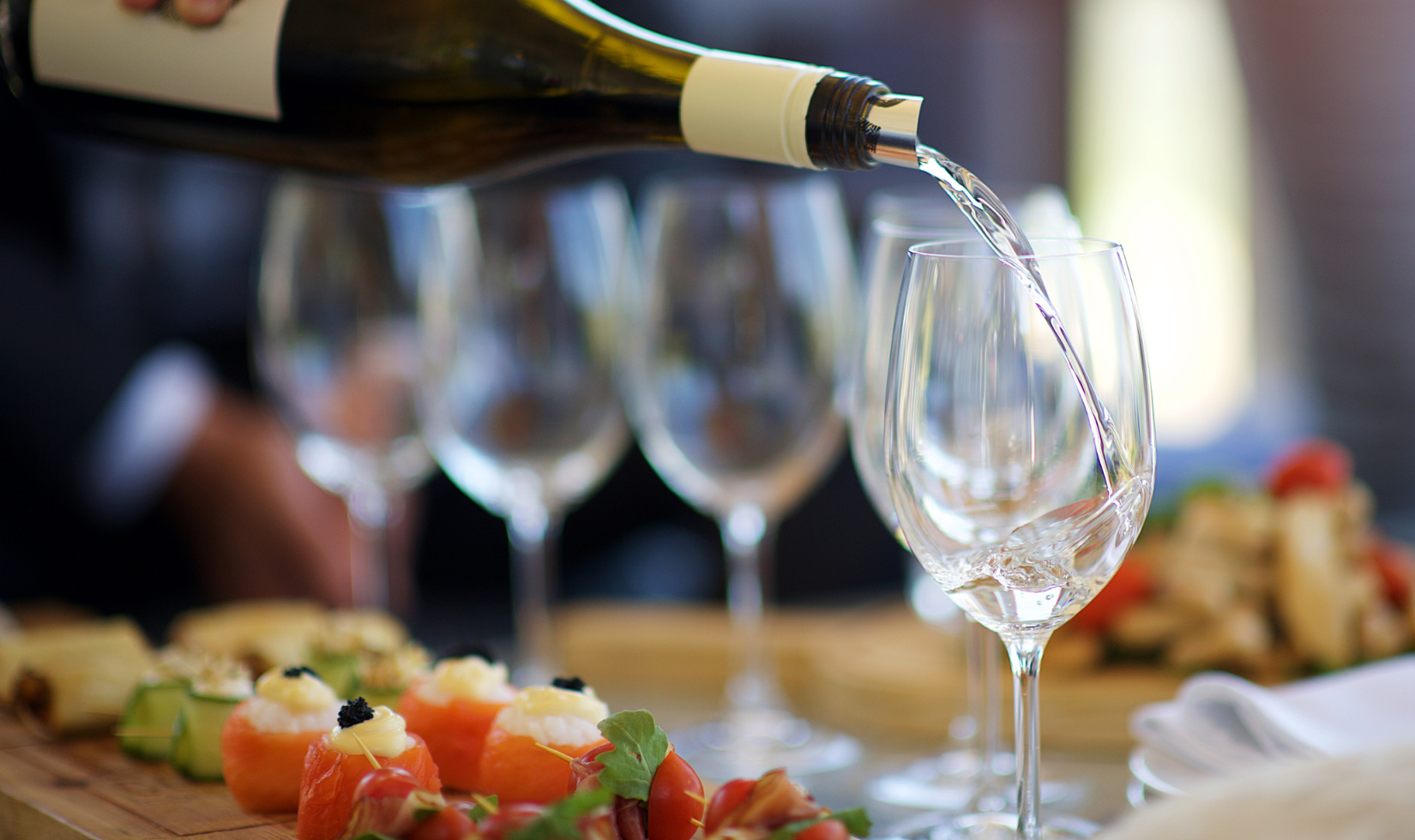
Popular Dessert Wine Pairings
Dessert wines can easily be enjoyed on their own, sipped slowly after a good meal. However, if you’re looking for the perfect culinary pairings for your favorite dessert wines, here are a few of our go-to options.
Lemon Cake
Many dessert wines highlight great citrus flavors, which pair beautifully with a tart treat like lemon cake. Consider pairing with moscato or riesling to highlight the complimentary flavors.
Spicy Thai Dishes
If you’re looking for a cuisine that can easily balance out sweet wine, the explosive flavor and spice of Thai food is an ideal choice. Pair with a gorgeous bottle of sauternes for exquisite balance in each bite.
Chocolate
Everyone needs a good wine to pair with chocolate, and port wine always delivers. With its rich tasting notes of dark fruit and nuts, it’s a silky companion to your favorite chocolate-based desserts – or simply chocolate served by itself, because let’s be honest – sometimes, a good bar is really all you need.
FAQs: Everything You Need to Know About Dessert Wine
Still curious about dessert wines? Here are a few of our most frequently asked questions:
Are fortified wines sweet?
Not always. Many fortified wines are in fact sweet and fall in the category of dessert wine, but fortified wine can also be crafted dry.
How are dessert wines made?
There are a number of different methods used to craft dessert wine. However, in these methods, the fermentation process (in which yeast converts sugar into alcohol) is stopped early, resulting in more residual sugar than usual and making a deliciously sweet wine.
What are common tasting notes of dessert wine?
With so many different types of dessert wine, it’s impossible to compile a holistic list of tasting notes – each wine is unique. However, in dessert wines, you’ll often find sweet tasting notes like caramel, honey and brown sugar, orchard fruit notes such as apple, pear and peach, and tropical fruit notes like mango, lemon and pineapple.
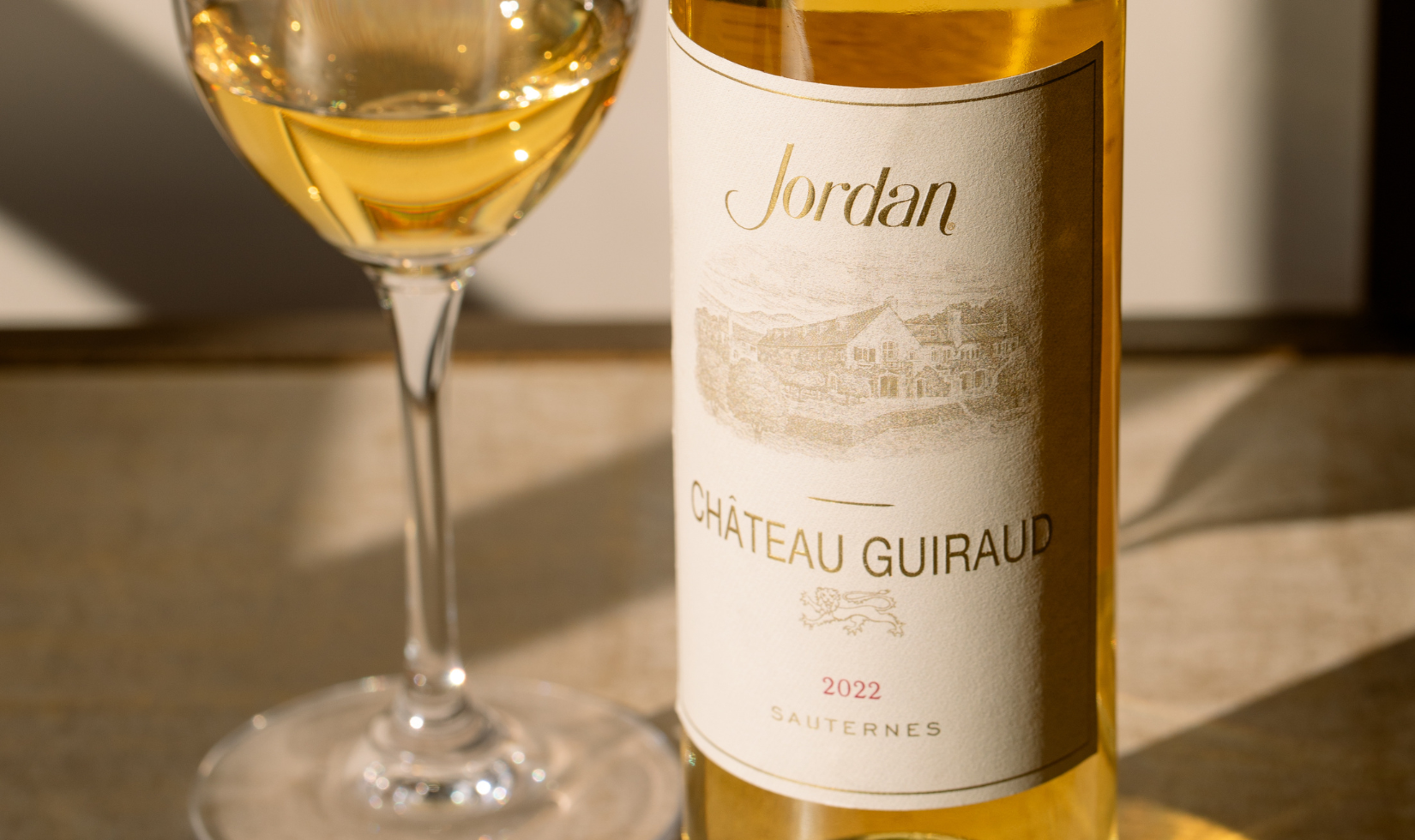
Try the New Sauternes at Jordan Winery
Craving an absolutely exquisite dessert wine? Experience the new sauternes wine from Jordan Winery and Chateau Guiraud, a limited-edition late harvest wine celebrating the 40th anniversary of Jordan’s Rivière Russe.
Crafted from sauvignon blanc and sémillion grapes, this wine is luxuriously rich, vibrant, and complex, with fragrant notes of honey, citrus and soft florals. Enjoy pineapple and mango flavors in this beautifully balanced, versatile wine that pairs well with a wide array of dishes.
